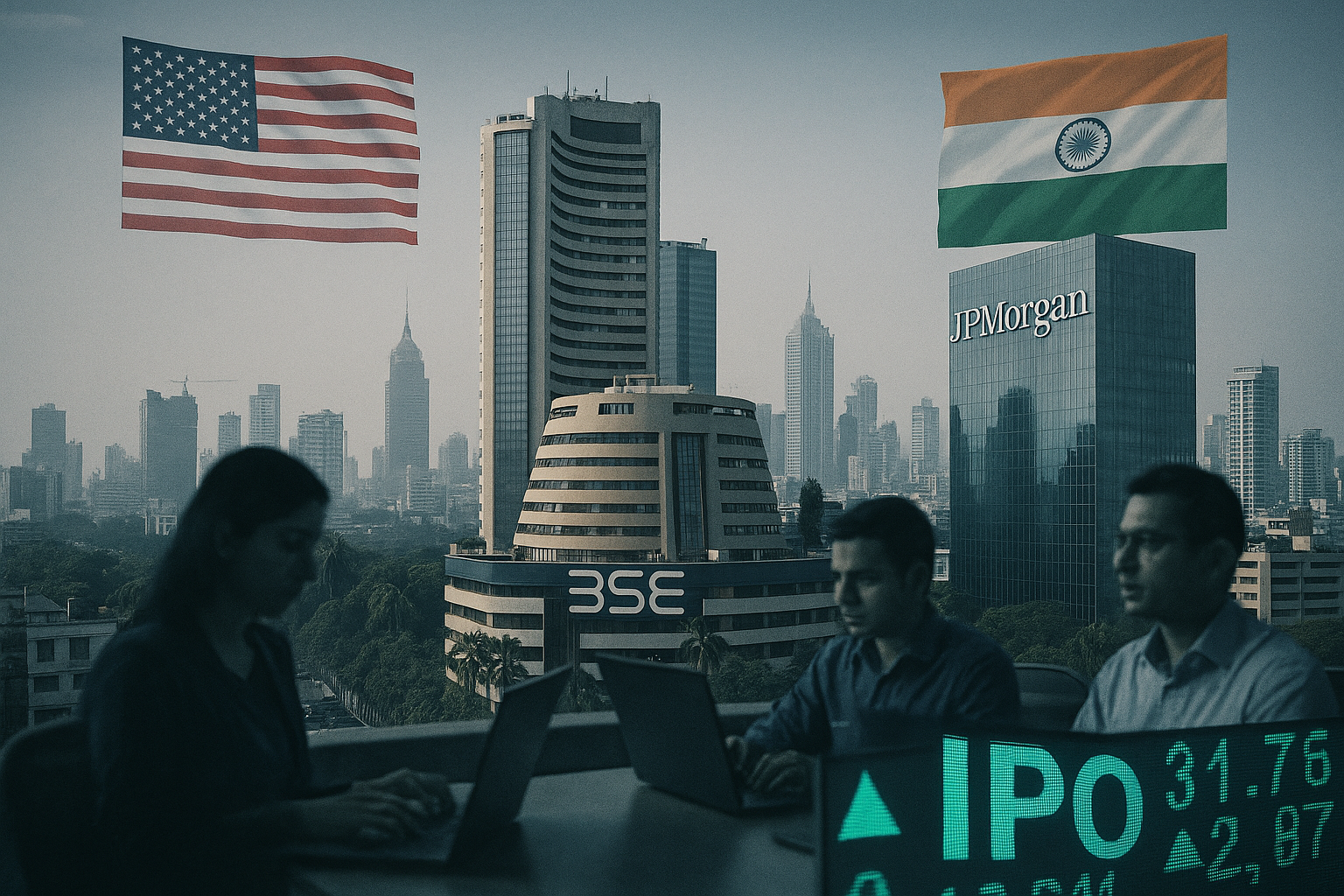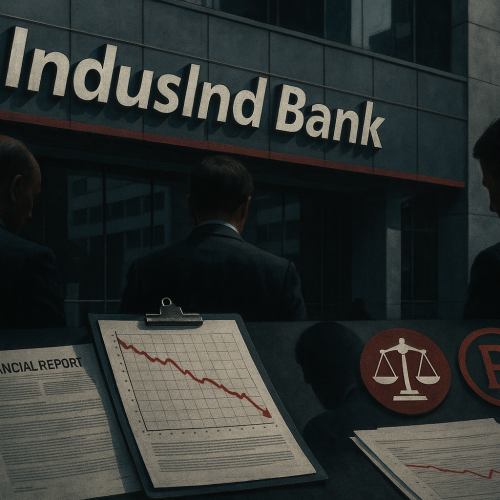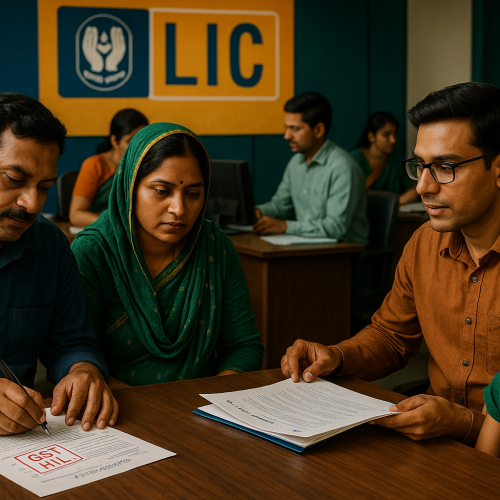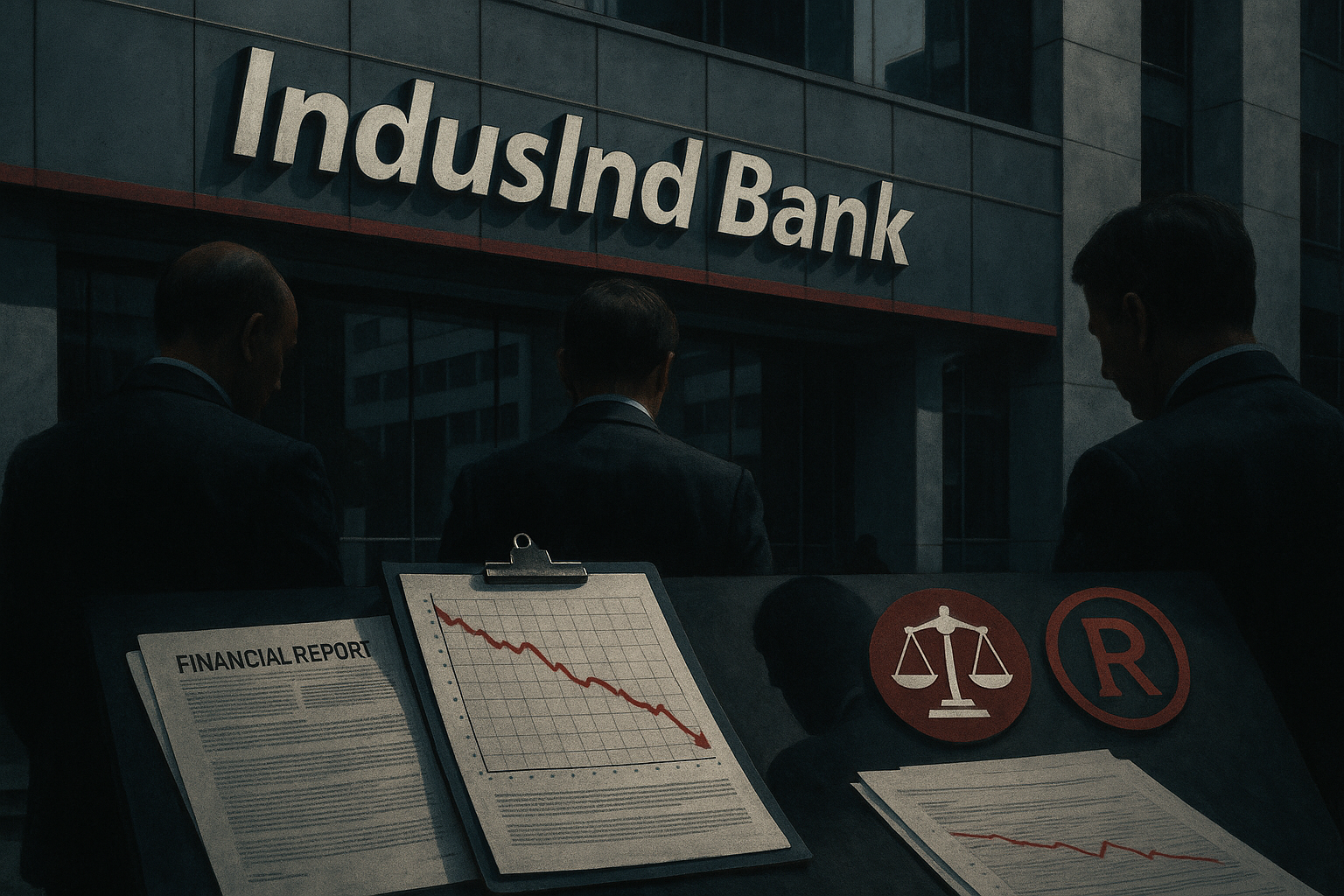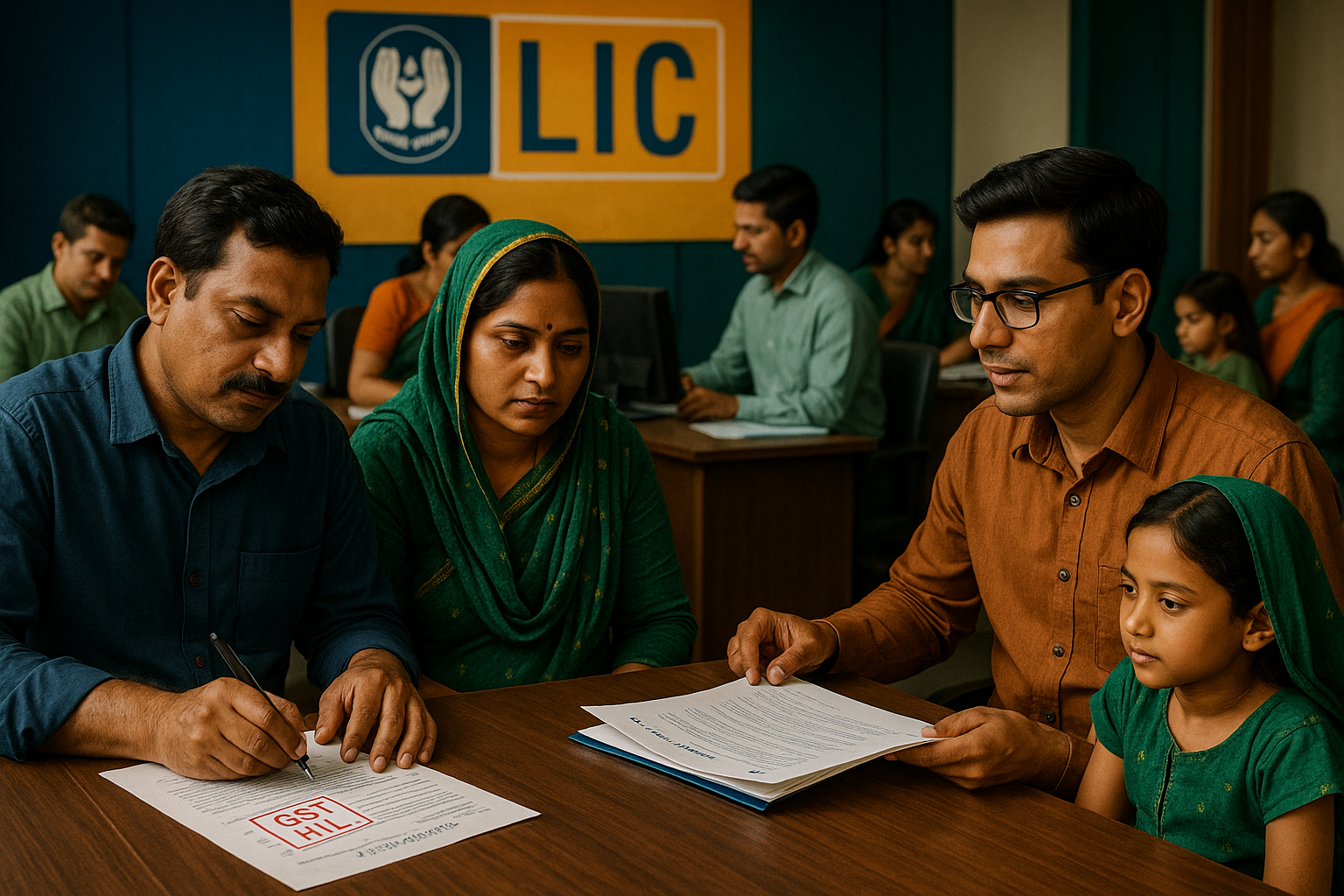Despite global headwinds from tariffs and immigration curbs, JPMorgan Chase has described India as a “bright spot” in the global economy. Asia-Pacific head Sjoerd Leenart highlighted strong domestic growth, limited export dependence, and a booming IPO market as drivers of resilience. Even as new US tariffs and a steep $100,000 fee on H-1B visas bite, JPMorgan is expanding its India operations, leveraging the country’s large talent pool and investor momentum.
Core Development
The US recently doubled tariffs on Indian exports linked to Russian oil trade, subjecting $60.2 billion worth of goods to 50% duty. A further shock came as US President Donald Trump imposed a $100,000 entry fee on new H-1B visas, affecting India’s IT sector, which accounts for over 70% of such visas.
While these measures threaten export competitiveness and outsourcing models, JPMorgan executives remain optimistic. The bank has grown its India headcount by 20% in two years, employing over 55,000 people across investment banking, asset management, and technology centres.
Key Drivers / Issues
India’s resilience rests on three pillars:
Domestic demand-led growth, with limited reliance on exports.
A rapidly expanding IPO market, with deal activity surpassing other geographies.
The rise of global capability centres in India, offering cost efficiency to global firms even amid US visa restrictions.
Stakeholder Impact
For Indian exporters, US tariffs could cut shipments by up to 43%, putting jobs at risk. Tech companies face higher hiring costs due to visa restrictions, but global firms may expand offshore centres in India to offset. Investors gain from a vibrant IPO pipeline and stronger capital inflows. For JPMorgan, India remains central to its Asia strategy, balancing global risks with local opportunities.
Industry & Policy Reactions
Ajay Srivastava (GTRI) estimated that affected exports to the US could shrink from $60.2 billion to $18.6 billion.
Executives at JPMorgan noted that while H-1B changes pose challenges, they may backfire on the US by raising costs for American companies.
Global banks view India as a key growth engine, with IPO and M&A activity outpacing other regions.
Challenges Ahead
Trade tensions with the US risk disrupting India’s export sectors.
Rising visa costs could slow IT outsourcing and mobility.
Sustaining IPO momentum will require stable capital flows and investor confidence.
Strategic Outlook
India’s ability to weather global shocks lies in its domestic market scale, innovation ecosystem, and reform momentum. For global firms like JPMorgan, India offers both a talent hub and an expanding financial market. While tariffs and visa barriers remain hurdles, the medium-term outlook remains strongly positive.
Why This Matters
Amid global trade uncertainty, India stands out as a growth driver. JPMorgan’s optimism underscores the country’s ability to attract investment, sustain growth, and emerge as a critical hub in global finance despite external pressures.

